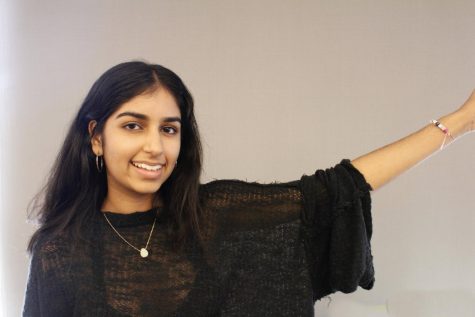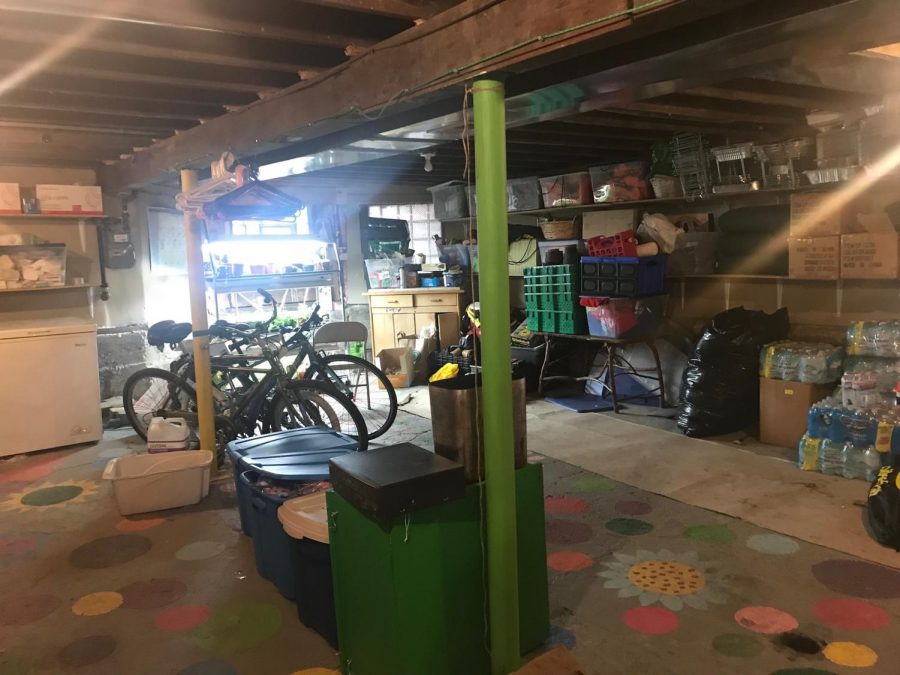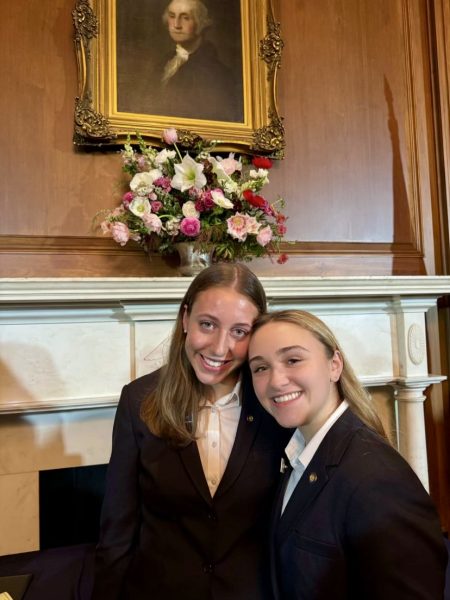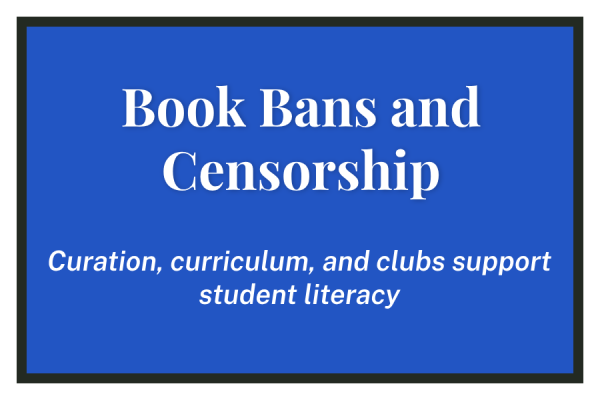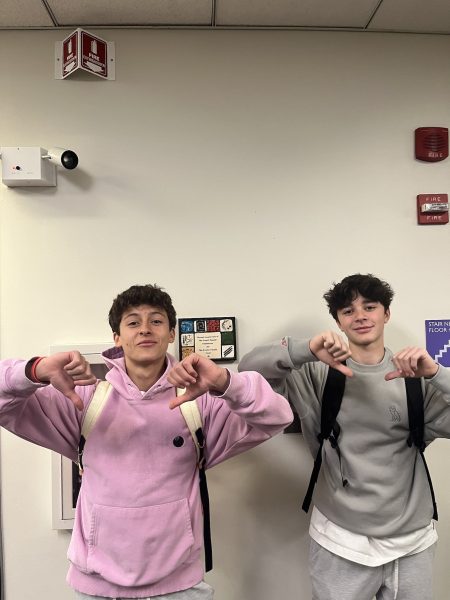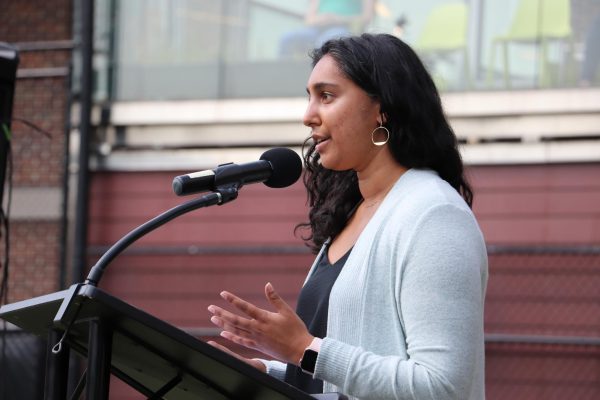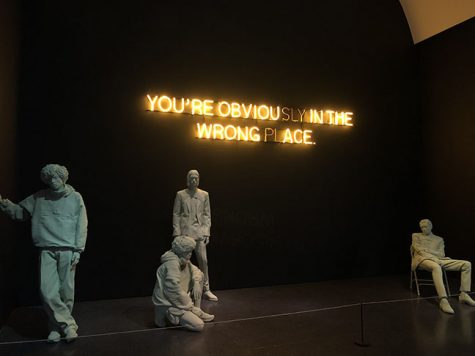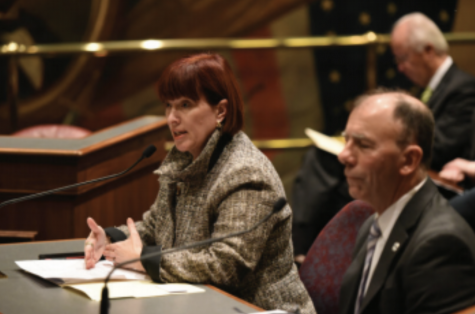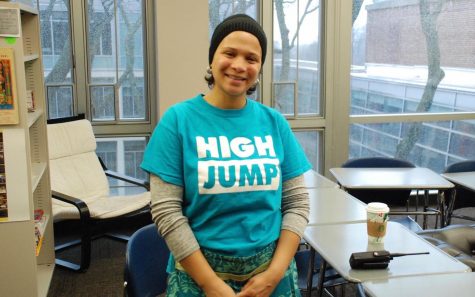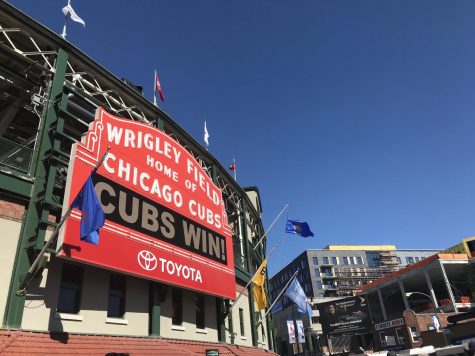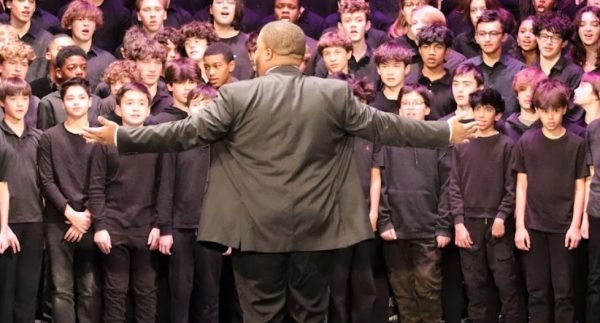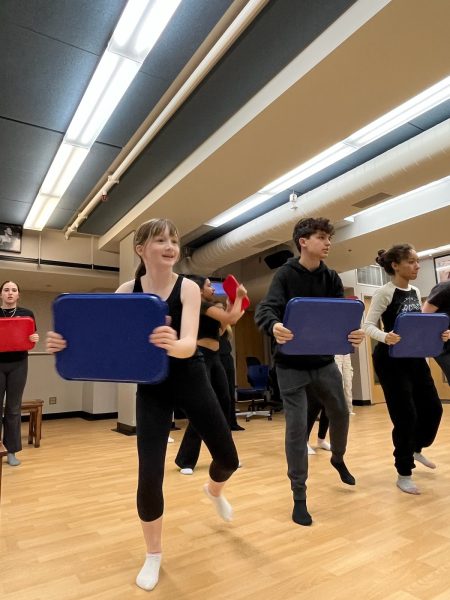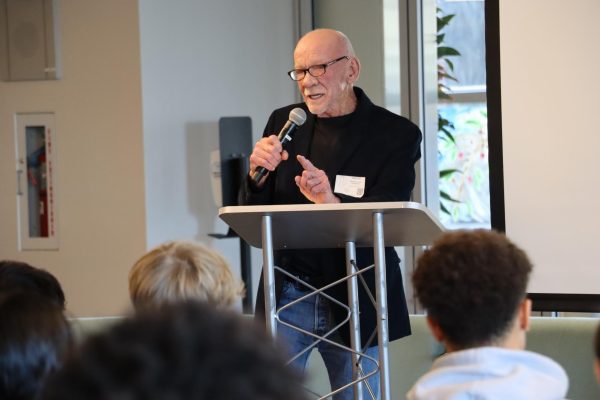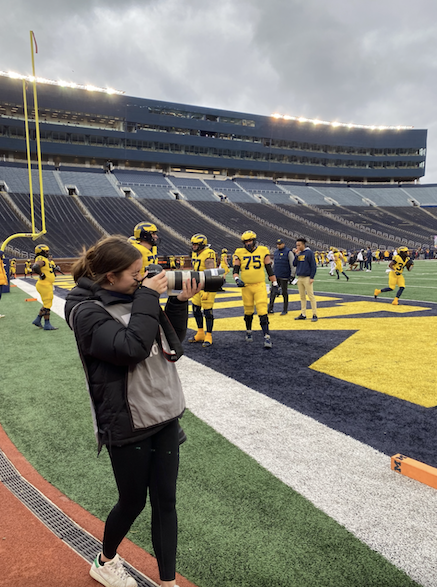Peace of the House
iGrow Chicago Expands on Chicago’s Peace House
Photo credit: Avani Kalra
The basement of the Peace House.
“I’ve been coming to the Peace House since when I was three,” ten–year–old Taiwon Clarke, a fourth grader at O’Toole Elementary who lives next-door to the Peace Campus, said. “It has helped my family out so much. I come mostly every day. Every weekend, every weekday. I learned my ABCs here. I learned how to write my name. I learned how to read, and color inside-the-lines here. I love it here.”
The Peace Campus, which houses the Peace House, the Peace Garden, and the Basketball Half-Court, is located on the corner of 64th and Honore. Decorated with signs made by children in the area, and peace-promoting “put the guns down” posters, the Peace Campus’ colorful high fences surround about three lots on this block, which is comprised mostly of boarded up homes.
Peace House was created in 2012 in an attempt to inspire its neighbors to take back Englewood. “Before the creation of the Peace House, police were receiving 10-15 calls from this block per day,” Co-Executive Director Erin Vogel said. “Now,it’s one of the safest blocks in the surrounding area.”
Founder and President of the Peace House Robbin Carroll got the idea for the house at a talk by Liberian peace activist Leymah Gbowee. A man stood up in the crowd that day and announced he would donate any amount of money to Gbowee’s cause. Gbowee declined the money. “We in Liberia have heard about your problems in Chicago,” he said. “You go find your own corner and fix it.” Then and there, Carroll decided to find her own corner and make it her project.
A week later, Carroll showed up on the corner of 64th and and Honore with a bag of Subway sandwiches in order to appeal to residents of the area, and approached a group of young men, one of whom is now Co-Executive Director of the Peace House Quentin Mables.
“She walked up to me and said, ‘I’m thinking of buying this house and having the community fix it up to make it a kind of community center,’” Mables said. “‘Do you want to take back your community?’ I picked up a trash bag and started picking up trash. The key in all of this is that Robbin didn’t pass any judgement. I’m a black man with tattoos, and that was amazing to see. We have to stand on these values of non-judgement.”
That day, Mables and Carroll, among others, began transforming the house on the corner of 64th and Honore into the dynamic, brightly colored, hub of energy it is today.
The Peace House—and surrounding campus—is open on weekdays, and occasionally on weekends. To serve the community, the house contains an open kitchen and pantry with donated food items, free hygiene products, and a free washer/dryer. The house supports all members of the area, with special programs for senior citizens and children. After-school programs, hosted every day for kids, include team-building exercises, one-on-one tutoring, and educational exercises. In addition, in the summer months Peace House offers a completely free summer camp run by volunteers of all ages.
The Peace Campus aims to offer not a “safe” space but a “brave” one full of learning, opportunity, and resources. “It’s important to point out that ‘safe space’ is such a buzz word,” Vogel said. “It’s easy to claim your school, your campus, etc. to be a safe space, but the fact is we can’t guarantee safety. Not here, not at your own school, I can’t guarantee your safety anywhere. ‘Safe space’ is kind of irrelevant, especially here where bullets have no name. This is a bullet hole. We leave that unpatched for a reason. To remind us where we still are. What we can offer here is a brave space. A space of love, and non-judgement.”
The bullet hole, clearly visible between the computer desk and a bookshelf, can be found in the kids’ after-school studying area.
The concept of non-judgement is extremely important at the Peace House, as many of its everyday visitors are considered in need of a set of open ears. The house also works to promote non-judgement and clarity throughout the city, especially with regard to the neighborhood.
Many perceptions about Englewood throughout Chicago do not seem to have changed, according to Mables. “When we came to Parker, one of the young ladies said, ‘My parents won’t let me go to Englewood because it’s dangerous,’” Mables said. “I was like, ‘What do you mean?’ And she said, ‘It’s like guys just be standing on the street corners flashing guns and drugs.’ That perception is not okay. It’s not like that. You don’t just drive to Englewood and go on a treasure hunt to find a gun.”
The Peace House was brought to Parker’s attention by the middle school’s Social Justice League. After touring the Peace House and inviting some of its students to Parker, the Social Justice League brought representatives from the house, including co-directors Erin Vogel and Quentin Mables, and popular Bar/Bat Mitzvah D.J. Kareem Wells, to Parker for an MX this past spring.
“Their focus is really cool, and we felt that the work they’re doing and the story they’re telling is amazing and of interest to many Parker students,” eighth grader and member of the league Alex Carlin said. “So we thought an MX was perfect.”
Violence is not a foreign concept to many of the Peace House’s children. “It is true that 100 percent of our students have heard gunshots, 25 percent of them have seen someone shot, and 33 percent have seen a dead body, according to a survey at last year’s summer camp,” Vogel said. “This amount of trauma–this is something no community should ever have to deal with.”
Many members of the community are now getting involved with the current movement for gun reform. “It’s incredibly frustrating to see so much national attention being brought to the issue of gun violence after a shooting in a white city,” Vogel said. “When white mothers are crying on TV, that’s what’s getting national attention. Which is fine, because now we can take this narrative and run with it. And that’s what we’re doing.”
The Peace House begins and ends every day with all those on the campus gathered in front of the living room’s bright yellow wall, decorated with student artwork, poems, and newspaper clippings. Students, parents, volunteers, and every other member of the community touch their thumbs to their forefingers, their middle fingers, their ring fingers, and eventually their pinky fingers while chanting, “Put the guns down”—one word with each touch of a finger.
Programs that run through the Peace House put a special emphasis on meditation and breathing as a rehabilitation tactic for the community. “Our kids are growing up with trauma, and that’s why yoga and mindfulness are imperative, Vogel said. “Mindfulness is one of the only things you can do to help heal trauma. It is an incredible tool to help heal trauma. And that’s why we did it. We do what the community wants, and what it needs.”
While visiting the Peace Campus, members of Parker’s Social Justice Committee took part in a free community yoga class. “It was amazing to see and meet so many of the local members of the community there,” sophomore Abri Berg said. “Ms. Vogel started the session by having us go around and say how we were feeling. I said I was feeling stressed, and by the end, that feeling of stress had totally left my body. It was crazy to see how meaningful yoga could be.”
Mindfulness and breathing are not the only tools used by volunteers and mentors to help those recovering from trauma continue to live healthy, productive lives. According to Vogel, many adults just need a way to clear their head to deter them from pursuing violence.
“The house next door at any given time can have up to fifteen people living in it,” Vogel said. “A woman next door told me after beating the drum for an hour, every ounce of anger left her body. That is power. What we do—it’s so simple. It’s not hard to do this. I mean, the job is challenging, because of all the external factors. But it’s not hard to heal. We can help you heal. Just beat a drum, not a human.”
The Peace House, since its creation, has seen far-reaching impact outside of its block and neighborhood. “People are talking about us across the city,” Vogel said. “Police are talking about us across the city. That’s nuts. Police are talking about the work we’re doing because they know we stop violence before it even happens. Like I shared with you guys, someone had told me they wanted to shoot, took a deep, mindful breath, and decided not to pull the trigger. We give people these tools to make decisions that actually help prevent violence before we even get there.”
Parker students can play a role in changing understanding of Chicago’s neighborhoods. “You need to take back to your communities that Englewood’s not scary,” Vogel said. “There are families here. There are children here. It’s not scary. What is scary is the lack of opportunity and resources. That is scary. But the people here, I’ve never felt more of a community than I do right here. I know our neighbors. I love our neighbors. We’re creating.”
